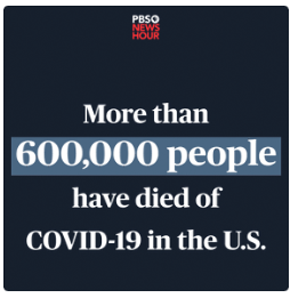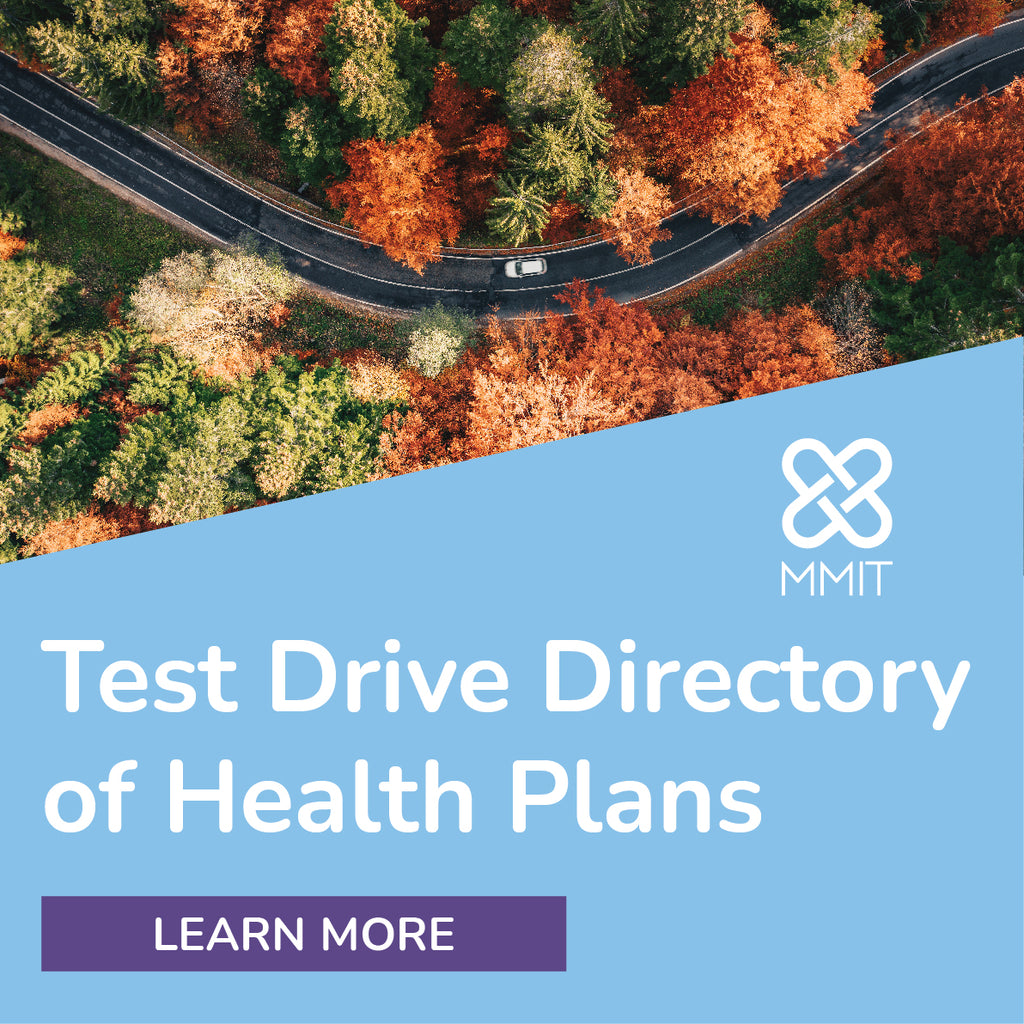Radar on Specialty Pharmacy
-
Yimmugo May Help Ease ‘Shortage Stress,’ Promote Competition
A newly approved immune globulin for primary immunodeficiency will bring another option to a class of products that often is plagued by shortages. It is also a crowded space, and payers have several considerations when deciding on the coverage of these agents, say industry experts.
On June 13, the FDA approved Grifols Group company Biotest AG’s Yimmugo (immune globulin intravenous, human-dira) for the treatment of primary humoral immunodeficiency in people at least 2 years old. Dosing via intravenous infusion is every three to four weeks, with the first infusion started at 0.5 mg/kg per minute and increasing up to 3.0 mg/kg per minute; afterwards, the maintenance infusion rate is 13 mg/kg per minute. The dosage can be adjusted over time to achieve the desired trough levels and clinical response.

-
Employer Panel Stresses Specialty Drug Management, PBM Bidding
When benefits managers from a range of employers gathered at the Midwest Business Group on Health’s (MBGH) recent forum in Chicago, the final session of the day revealed that specialty drugs were some of their top concerns. And it appears employers are getting savvier about managing them.
A big focus of the conference was benefits managers’ fiduciary duty to their employees — and how shirking that duty could land them in hot water.
“If you haven't done a market check, do a market check,” recommended Dan Dentzer, manager of health and wellness design for United Airlines, at the June 26 MBGH Employer Forum on Pharmacy Benefits, Specialty and Biopharma Therapies. “I do market checks like I change my socks because you have to know what's going on out there. You have to know what others are doing. You have to know you're getting the best deal possible. If you haven't done that, please do.”

-
New FDA Approvals: FDA Approved ANI’s Generic Endari
July 8: The FDA approved ANI Pharmaceuticals, Inc.’s L-glutamine oral powder to reduce the acute complications of sickle cell disease in people at least 5 years old. The company says it is the first AA-rated approved generic for Emmaus Medical, Inc.’s Endari. Dosing for people weighing less than 30 kilograms is one packet twice daily; for those between 30 and 65 kilograms, dosing is two packets twice daily, and for those more than 65 kilograms, dosing is three packets twice daily. Drugs.com lists the price of 60 packets of Endari as more than $1,505.
-
News Briefs: GoodRx Offers Adalimumab-adbm for $550
GoodRx will offer Boehringer Ingelheim’s adalimumab-adbm, a biosimilar of AbbVie Inc.’s Humira (adalimumab), at a cash price of $550 per two-pack, revealed the companies on July 18. The price for the citrate-free biosimilar is 92% off that of its reference drug. It is available as both high-concentration and low-concentration formulations. The FDA has approved the 50 mg/mL version as interchangeable with Humira. Consumers may purchase the lower-cost tumor necrosis factor (TNF) inhibitor — which also is available as brand drug Cyltezo — at more than 70,000 retail pharmacies across the U.S.
Walmart is opening 25 new autoimmune-focused Specialty Pharmacies of the Community (SPOC) across five states, said Kevin Host, Pharm.D., senior vice president of pharmacy at Walmart Health and Wellness Pharmacy, on July 25. In October 2023, the company launched six SPOC, which are now available in nine states: Alabama, Idaho, Louisiana, New York, Oregon, Pennsylvania, Rhode Island, Texas and Wisconsin.

-
FDA Proposes Doing Away With Biosimilar Switching Studies for Interchangeability
When the biosimilar pathway was first established, it created a two-tier system of biosimilars and interchangeable biosimilars, but multiple attempts have been made recently to level the playing field. In the latest move, the FDA proposed doing away with switching studies for interchangeables. But while the move could bring biosimilars onto the U.S. market faster and result in more competition, industry efforts are divided about whether it could prompt broader payer uptake.
As part of the Affordable Care Act (ACA), the Biologics Price Competition and Innovation Act of 2009 (BPCIA) amended the Public Health Service (PHS) Act and established section 351(k), which outlines the requirements for a proposed biosimilar product and a proposed interchangeable biosimilar product. Physicians must specifically prescribe biosimilars without interchangeable status, but when a biosimilar is approved as interchangeable, that drug may be substituted at the site of care or dispensing for its reference product by a dispensing pharmacist or practitioner without the involvement of the prescribing physician.












